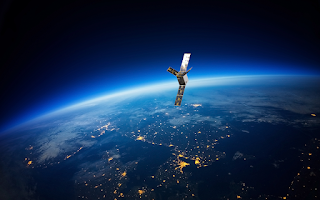The launches mark a significant milestone for Open Cosmos as both satellites will join MENUT launched earlier this year as part of the OpenConstellation, a global, shared Earth Observation satellite infrastructure built and managed by the company.
“The satellites mark our latest launch for the OpenConstellation and the data these satellites collect will benefit companies and organisations around the world,” says Rafel Jorda Siquier, founder and CEO of Open Cosmos.
Data collected from OpenConstellation satellites can be accessed by organisations and businesses of all sizes, as well as national and regional governments to address challenges around the climate crisis, energy, natural resources and more. This is part of Open Cosmos’s wider aim to democratise access to critical space data while keeping high levels of governance and security.

Both satellites will be used to track the environment from space. PLATERO combines Earth Observation (EO), Internet of Things (IoT) and Artificial Intelligence (AI) onboard processing and has been commissioned by the Junta de Andalucia through the Andalusian Agricultural and Fisheries Management Agency (AGAPA).
The satellite will monitor biodiversity, desertification, emergencies like wildfires or floods and the effects of farming on the territory to inform future policies on preserving the environment.
MANTIS is the first satellite launched as part of ESA InCubed, the co-funding programme run by ESA Φ-lab supported by the UK Space Agency as a participating member state.
The satellite hosts an innovative multispectral, high-resolution optical payload for EO from Satlantis and a secondary payload, a high-performance and reconfigurable processing unit made by Ubotica aimed at exploiting the power of AI to derive insights onboard. EO data from MANTIS will address the challenges of accessibility and periodicity in the energy and mining sector, whilst the data will be applied to further applications that will address environmental challenges such as climate emergency monitoring and biodiversity conservation.
The data from both satellites will feed directly into DataCosmos, the company’s cloud based data and insights platform. DataCosmos represents a shift in how businesses and groups can access and leverage data. It transforms satellite imagery into numbers that can be visualised and processed through algorithms. This then produces actionable intelligence in order to address the world’s most important environmental challenges.
